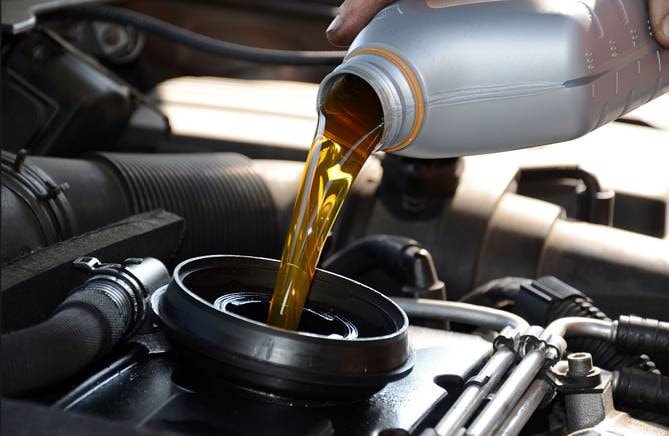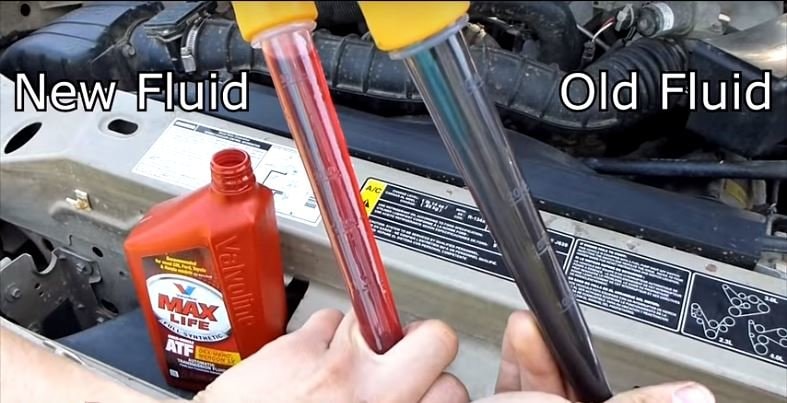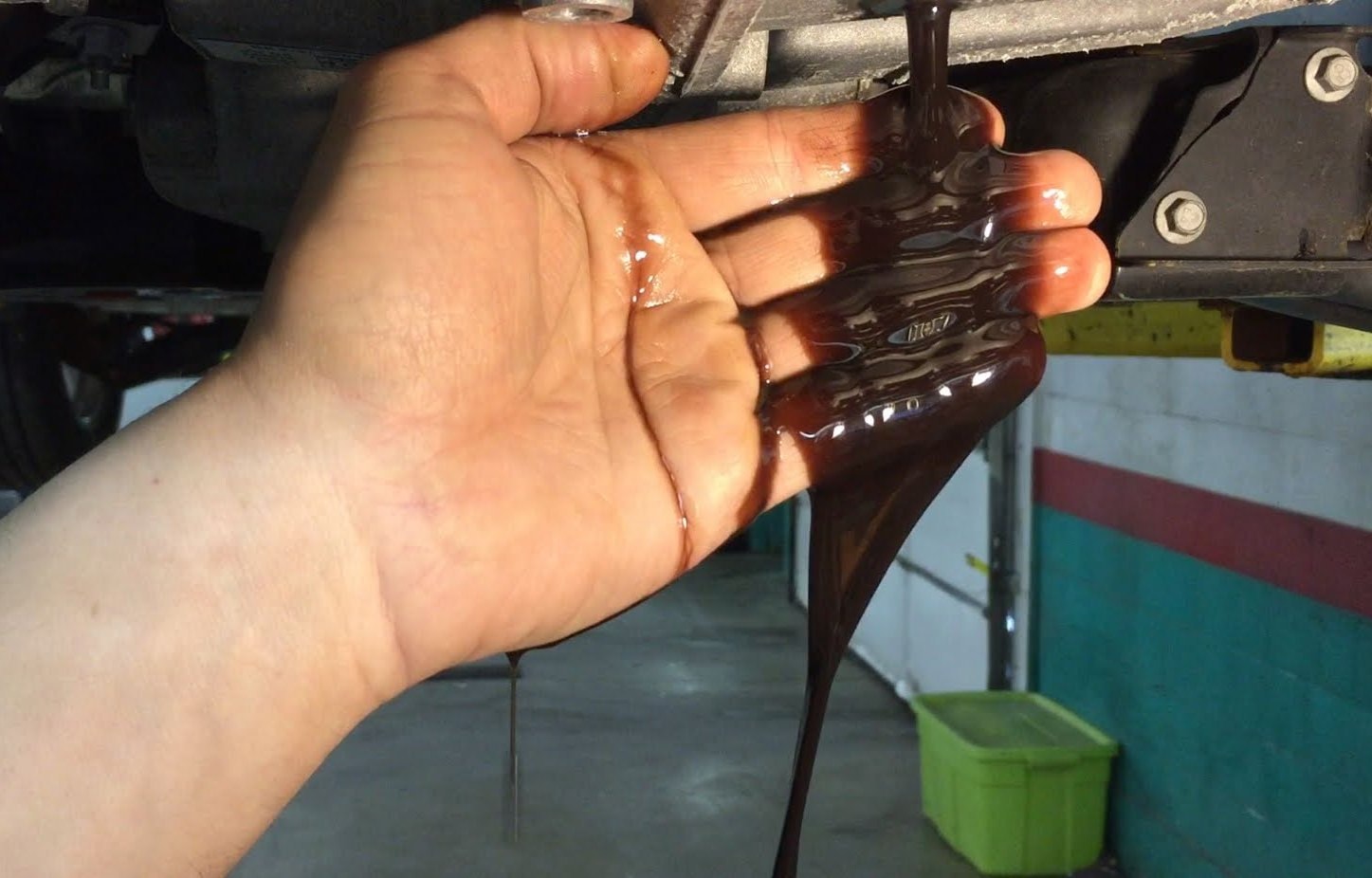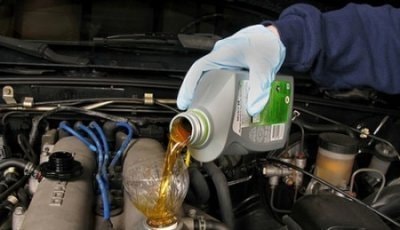When to change the oil in your car?
(Baonghean.vn) - A car is made up of many parts to operate and always needs lubricants. Each part uses a different type of lubricant, with different usage times... making car users quite confused in distinguishing and replacing.
In fact, different types of motor oils are used for different parts and the time to replace them depends on many factors. To determine the average time for each oil change, experienced car experts divide the oils into the following types.
- Engine oil:If the engine is likened to the "heart" of every car, then engine oil is the "blood" that helps the car run smoothly.
The function of this oil is to protect the engine from wear, prevent rust on the engine parts, reduce friction, keep the engine clean, prevent deposits and ensure the performance of the machine. The color of engine oil is usually dark amber, when the oil is old and dirty, it will often turn dark brown, this is when the lubricating oil needs to be replaced.
Previously, manufacturers recommended that car owners should change the oil after 5,000 km, but with newer cars using new types of oil today, manufacturers recommend increasing it to 12,000 - 14,000 km.
When changing the oil, you should also pay attention to changing the oil filter because when circulating in the engine, the oil must pass through the oil filter, where the filter will retain carbon that can corrode machine parts.
 |
- Brake fluid:Brake fluid has the main function of transmitting force, the force from the brake pedal will be transmitted through the high pressure pump containing oil to the four wheels. When used for a long time, the brake fluid becomes damp and loses its effectiveness, so when you see the brake loses precision, you must replace it immediately to ensure safety.
The color of brake fluid is usually transparent, after 3 years of use it will turn to light yellow; when the brake fluid turns to moss green, the condition of the fluid is very "bad", the vehicle is no longer safe to move. Manufacturers recommend that car owners should change it after 3 - 4 years of use, if you often travel on mountain passes and have to use the brakes, the replacement time will be faster than recommended.
- Power steering fluid:When the driver turns the steering wheel, the valve sends this oil into the cylinder, then the piston of the power steering system will compress and move the oil inside the cylinder, helping to reduce the force applied to the steering wheel; therefore, the driver does not have to use much force on the steering wheel to move the car in the right direction.
Power steering fluid is usually clear or red in color, when it turns to dark amber or reddish brown, it is time to change it. However, due to the nature of not having to bear much force and being sealed in the cylinder of the power steering system, it does not wear out, so you can change it after 100,000 - 130,000km
 |
- Gear oil:The function of this oil is to lubricate the gears in the gearbox. Like power steering oil, gearbox oil does not have to bear load, compression and operates completely in a closed space so it does not wear out. Therefore, you do not need to pay too much attention to this type of oil and just check the loss to ensure that the gearbox does not have any problems.
Transmission fluid needs to be replaced every 130,000 - 150,000km, it is usually bright red when new and turns dark red when it needs to be changed.
 |
Coolant:The engine is built with “water jackets”, which are empty chambers surrounding the cylinders and combustion chambers, created to allow coolant to circulate through these chambers and take away excess heat from the engine. The coolant, after absorbing heat, will be pumped through the radiator and the fan here will have the task of lowering the temperature of the coolant and circulating it again from the beginning.
Because the vehicle's cooling system must constantly work under high temperature and pressure, corrosion also appears over time, so the coolant is mixed with a prominent xenon blue color so that users can easily detect leaks in the engine compartment.
Manufacturers recommend changing the coolant every 2-3 years or after 40,000km to ensure the engine does not overheat when used. What type of oil should be changed?
Practical uses of engine lubricating oil
Not only does engine oil lubricate, it also has many other uses for the engine.
- Protection: The oil film prevents metal surfaces from coming into direct contact with each other, protecting highly loaded surfaces when oil is “swept” off the metal and preventing corrosion of metal and alloy surfaces.
- Cooling: Lubricating oil dissipates heat generated by friction and fuel combustion up to more than 350°C in the piston area.
- Cleaning: Engine oil helps clean the internal parts of the engine.
- Sealing: Lubricating oil forms a seal between the piston rings, pistons and cylinder walls to maintain pressure in the combustion chamber and minimize combustion gases from leaking into the crankcase.
- Contains residue: Lubricating oil will be the place to contain residues that are kept suspended in the oil, avoiding the formation of large residues that can clog the oil filter.
 |
Why should engine oil and oil filter be changed regularly?
During use, lubricating oil will be degraded by heat (oxidation, pyrolysis), impurities (dust, water, fuel) and the amount of additives in the oil is consumed during operation. Thus, the length of time the oil can be used depends on the quality of the oil, the working conditions of the engine and the surrounding environment.
Therefore, after a period of use, the lubricating oil will no longer ensure the lubrication and protection of the engine, so it is necessary to drain and replace with new lubricating oil after a certain period of use.
What type of oil should I change to?
Depending on the vehicle model and engine characteristics, the lubricant used for each type of vehicle is also different.
You should consult the manufacturer, or change the oil at authorized dealers of the car brand you are using, or at reputable garages, to ensure you change the right type of oil needed for your car.
Ngoc Anh
(Synthetic)
| RELATED NEWS |
|---|


